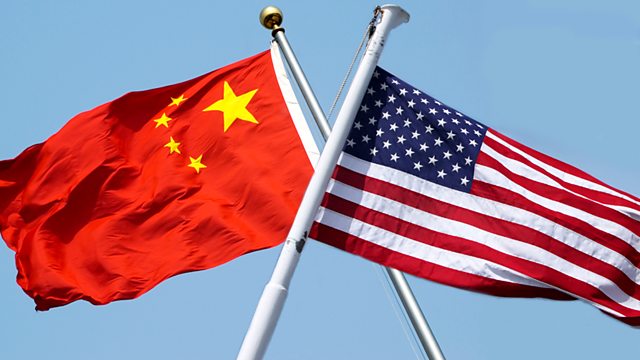Study Confirms China Cheating on United Nations Environmental Agreement

 A study published in the journal Nature provides further confirmation of illegal production of trichlorofluoromethane (CFC-11) from China. This compound had been phased out under the United Nations’ 1987 Montreal Protocol along with other chemicals believed to contribute to depletion of the Earth’s ozone layer. However, an unexpected increase in atmospheric concentrations had been detected in recent years.
A study published in the journal Nature provides further confirmation of illegal production of trichlorofluoromethane (CFC-11) from China. This compound had been phased out under the United Nations’ 1987 Montreal Protocol along with other chemicals believed to contribute to depletion of the Earth’s ozone layer. However, an unexpected increase in atmospheric concentrations had been detected in recent years.
Among other applications, CFC-11 is used to make insulation for refrigerators and other appliances, and it is reputedly cheaper and better performing than the ozone-safe compounds that have replaced it. Thus, the continued use of CFC-11 provided certain Chinese manufacturers with an unfair advantage. Although much evidence had already pointed to China as the culprit, the new study pieces together the spikes in global monitors to more clearly trace the origin of the illegal emissions back to manufacturing centers in Northern China.
While the Nature study received significant media attention, little was said about the fact that any further United Nations treaty restrictions similar to those imposed on CFC-11 would provide China and other outlaw nations with lucrative opportunities to again cheat and gain an advantage over companies that are bound by law, like those in the U.S. This includes the Kigali Amendment to the Montreal Protocol, which would place a number of additional compounds to the restricted list on the grounds that they contribute to climate change.